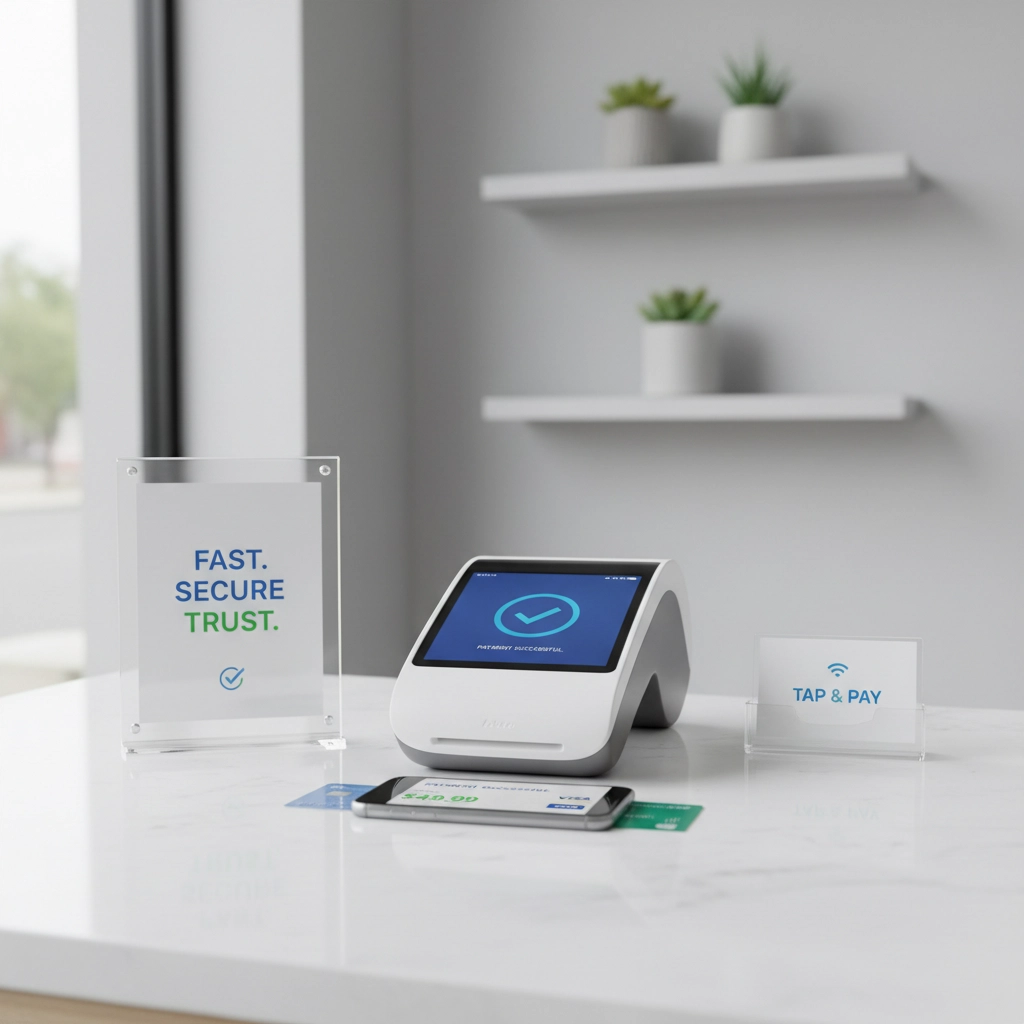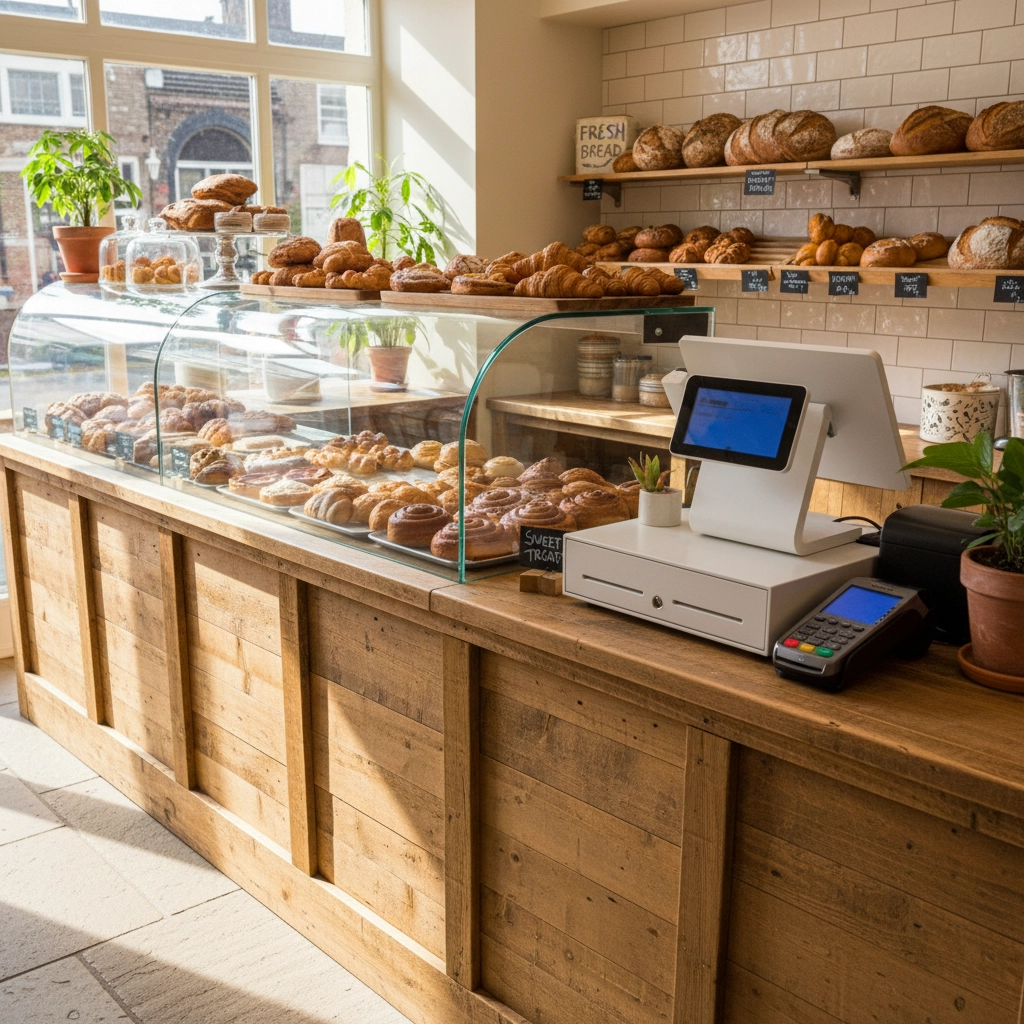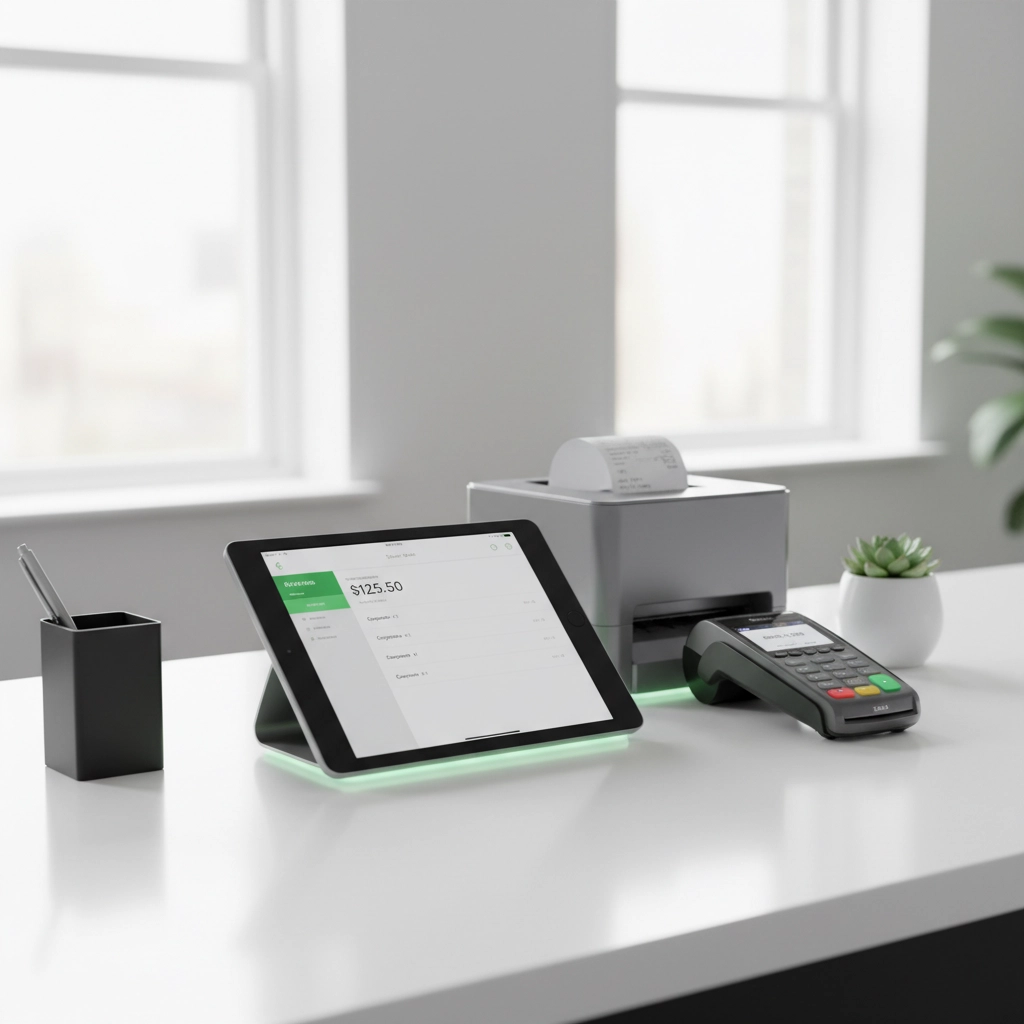Non Cash Adjustment Explained: The Simple Trick to Improve Your Profit Margins Right Now
- pete2728
- 7 days ago
- 5 min read
Running a small business means watching every penny, and credit card processing fees can eat into your profits faster than you realize. What if there was a simple, legal way to stop absorbing those costs and start protecting your margins instead?
Enter non-cash adjustments – a straightforward pricing strategy that's helping thousands of small businesses reclaim their profits without changing how they operate.
What Exactly Is a Non-Cash Adjustment?
A non-cash adjustment is a service fee added to transactions when customers pay with credit or debit cards instead of cash. Think of it as a way to pass along the processing costs directly to customers who choose the convenience of card payments, rather than having your business absorb those fees.
Here's how it works: Instead of your business paying 2-3% in processing fees on every card transaction, you add a small adjustment to cover those costs. The customer sees the total price, including the adjustment, before they complete their purchase.
It's completely transparent, legally compliant when done correctly, and puts you back in control of your profit margins.
The Profit Margin Math That Changes Everything
Let's break down the numbers with a real example. Say you run a coffee shop with average daily card sales of $1,000. At a typical 2.5% processing rate, you're paying $25 per day – or $9,125 per year – just in processing fees.
With non-cash adjustments, those fees shift from your expense column to customer payments. That $9,125 goes straight back to your bottom line without raising your base prices or changing your products.

For many small businesses, this represents their entire profit margin on certain items. A restaurant operating on 3-5% margins could see their profitability double by implementing non-cash adjustments properly.
Why Smart Business Owners Are Making the Switch
The appeal goes beyond just the immediate savings. Non-cash adjustments give you pricing flexibility that traditional models don't offer. You can keep your menu prices competitive while ensuring card transactions don't kill your margins.
Your cash customers benefit too – they're no longer subsidizing the processing costs of card payments through inflated base prices. It's a fairer system that rewards customers who help you save money.
Plus, you're not locked into complex contracts or expensive equipment upgrades. Most modern POS systems, including CardPlus solutions, can implement non-cash adjustments with simple software updates.
Legal Guidelines You Need to Know
Before you implement non-cash adjustments, understand the compliance requirements. While legal in most states, some have specific rules about disclosure and maximum amounts.
You must clearly post signage indicating the adjustment policy. Customers need to see the total amount, including any adjustments, before completing their transaction. The adjustment should reflect your actual processing costs, not exceed them.
Some credit card networks have their own guidelines too. Visa and Mastercard allow surcharges in most states, but American Express and Discover have different rules. Work with your payment processor to ensure full compliance.

The key is transparency. When customers understand they're paying for the convenience of card payments, most accept it as reasonable – especially when they see your cash prices remain competitive.
Implementation That Actually Works
Rolling out non-cash adjustments successfully requires more than just flipping a switch. Start by calculating your true processing costs across different card types. Premium rewards cards often carry higher fees than basic cards.
Update your POS system to automatically calculate adjustments. Train your staff on the policy and how to explain it to customers. Most importantly, update your signage and marketing materials to reflect the new pricing structure.
Consider a soft launch with regular customers first. Get their feedback and adjust your approach before going full implementation. This helps you refine your process and messaging.
Many businesses find success with a hybrid approach – offering both cash prices and card prices clearly displayed, letting customers choose their preferred payment method with full transparency.
Common Mistakes That Kill Results
The biggest mistake is implementing non-cash adjustments without proper customer communication. Surprise fees at checkout create negative experiences and lost customers.
Another error is setting adjustments too high. Your adjustment should cover processing costs, not become a profit center itself. Excessive fees drive customers to competitors and can violate card network rules.
Don't forget about partial cash/card payments. Your system needs to handle split transactions correctly, applying adjustments only to the card portion.
Some businesses also fail to train staff properly. Your team needs to confidently explain the policy and handle customer questions professionally.
Real Results from Real Businesses
A local bakery in Ohio saw their monthly processing fees drop from $850 to under $100 after implementing non-cash adjustments. They kept cash prices the same and saw cash transactions increase by 30%.
A small automotive repair shop increased net profit by $15,000 annually just by adding non-cash adjustments to their existing pricing structure. They used the extra margin to invest in new equipment and employee bonuses.

A family restaurant chain reported that while some customers initially questioned the policy, satisfaction scores remained steady once customers understood the transparent pricing model.
Beyond the Basics: Advanced Strategies
Once you're comfortable with basic non-cash adjustments, consider dynamic pricing based on card type. Premium cards with higher processing fees can carry slightly higher adjustments while basic cards have lower fees.
Some businesses offer cash discounts instead of card surcharges – psychologically different but mathematically similar. The "discount" framing can feel more positive to customers.
Loyalty programs can offset adjustment concerns. Regular customers who feel valued are less price-sensitive and more understanding of business necessities.
Consider bundling non-cash adjustments with other value-adds. If customers see extra services or guarantees with card payments, the adjustment feels more justified.
Technology That Makes It Simple
Modern POS systems handle non-cash adjustments seamlessly. Look for solutions that automatically calculate fees, update receipts clearly, and maintain compliance with changing regulations.
Your payment terminal should display the total amount including adjustments before customers complete transactions. This transparency is crucial for both compliance and customer satisfaction.
Integration with your accounting system ensures adjustment revenue is properly tracked separate from base sales, making tax reporting and margin analysis more accurate.

Cloud-based systems let you adjust rates instantly across multiple locations, ensuring consistency and quick responses to processing cost changes.
Making the Decision: Is It Right for You?
Non-cash adjustments work best for businesses with healthy cash transaction volumes and customer bases that value transparency. If you're already operating on thin margins and processing fees are eating your profits, it's worth serious consideration.
Calculate your potential savings first. Look at six months of processing statements to understand your true costs. Factor in different card types and transaction patterns to get accurate projections.
Consider your customer base and competitive environment. Price-sensitive markets might resist adjustments more than convenience-focused customers.
The implementation timeline is typically 2-4 weeks including system updates, staff training, and signage changes. Most businesses see immediate margin improvement once fully implemented.
Your payment processor should guide you through compliance requirements and system setup. Choose a partner experienced with non-cash adjustment programs who can ensure smooth implementation and ongoing support.
The bottom line: non-cash adjustments aren't just about saving money on processing fees. They're about taking control of your pricing strategy, improving transparency with customers, and protecting the profit margins that keep your business growing.
Ready to explore how non-cash adjustments could improve your margins? Contact CardPlus today to discuss your specific situation and get a customized analysis of your potential savings.

Comments